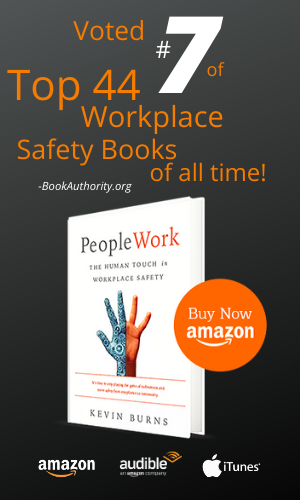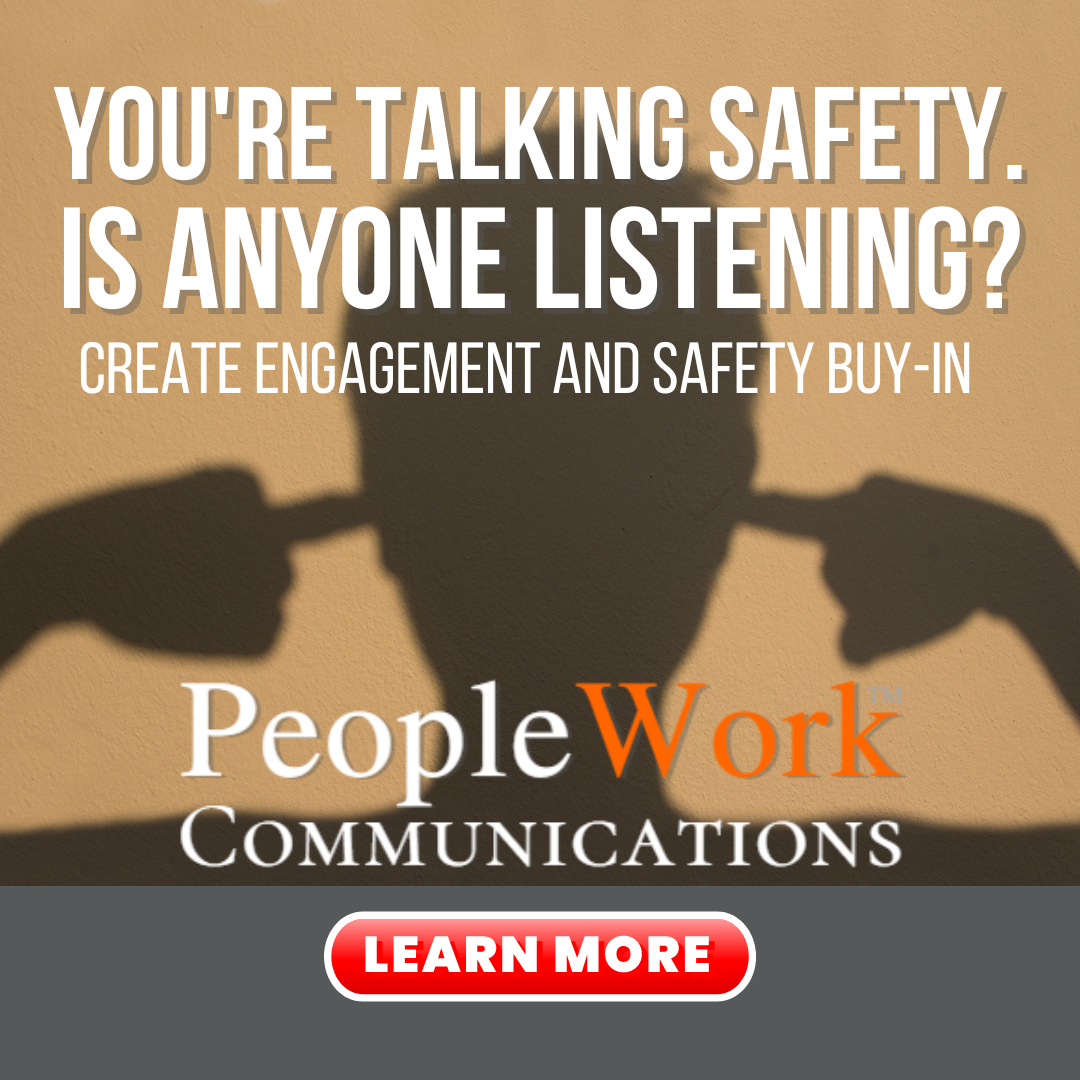Safety Compliance is not Safety Commitment
Most companies would prefer that their employees step up and voluntarily do their best work, instead of being pushed to do the bare minimum. But while you may be focused on getting compliance, are you missing the big picture of getting their commitment?

Anything that we commit to, we do with more energy and focus. And yes, that includes safety performance. Meanwhile, it could be argued that getting compliance is about checking boxes, and not much more.
Clarity is a prerequisite of commitment.
Donald Miller, the author of Building A Storybrand and Business Made Simple, recently said “clarity is a prerequisite of commitment.”
Try to recall the last time that you fully committed to something that wasn’t completely clear in your mind. You don’t commit to anything that isn’t clear, do you? When the details are murky, you hesitate. Anything that you are unclear on, you don’t commit to. You might comply in the moment, but that is certainly not a commitment.
For employees to be able to commit to the goals of the company, they need clarity. Not just clarity in having the goal explained but the clarity of what’s in it for them. That means more than just money. Money does not create commitment. It is simply a transaction. Rarely do you do anything just for money. But you are more willing to commit to a cause, a program, or a goal if you can see how it aligns with your values, your long-term (or short-term) goals, and your beliefs about what is right.
Short-term compliance versus long-term commitment.
In his book, Front of The House: Restaurant Manners, Misbehaviors and Secrets, author Jeff Benjamin discusses how struggling restaurants are focused more on getting customers in the door tonight (short-term) rather than being focused on ensuring that those same customers voluntarily return again and again (long-term), and each time bring new friends to introduce them to the restaurant experience.
Filling a restaurant one time is easy: make a lot of noise, have a celebration, discount the food. You will fill your restaurant one time. But that’s not what smart restauranteurs want. Smart restauranteurs want each customer to return to their restaurant again and again and each time introduce someone new to the restaurant. And so, to work toward achieving your long-term commitment, from the moment you walk in the door of the restaurant, the restaurant staff are focused on giving you an exceptional restaurant experience. One in which you want to return to dine with them again. They are focused on ensuring you commit yourself to repeat the same great experience, again and again.
How you handle your safety program is not unlike that. You can get compliance in safety one time easily: clamp down on safety procedure, ensure safety personnel are in the field watching, or through brute force enforcement. But like the underwhelming restaurant experience, employees won’t care to do it again without being forced.
The tactics of the past don't work.
Safety programs need to become focused on encouraging their people to want to voluntarily follow safety procedures and to get behind the safety program because they are committed to it.
Your employees have seen the requisite photos of injury and dismemberment, been scared through the horror stories of being injured or killed on the job, have been guilted into compliance. Do it once and you have to amp-up the severity and scare tactics to get compliance again. Because fear and forced compliance tactics don’t last. They need to be repeated just like restaurants need more incentives and more discounts to get more new customers.
The more you chase your people into compliance, the more you will HAVE to chase them into compliance. And just because you may get compliance today, you are not getting their commitment to safety tomorrow.
There is a better way.
You want your team’s commitment, not their compliance. When you have their commitment to safety, you will get their compliance. Without commitment, your people will look for shortcuts, reasons, and excuses, or worst of all, another workplace that allows them to feel like they fit.
To get long-term commitment instead of short-term compliance, you need a strategy to move your people from where they are now (compliance) to where they want to do it voluntarily (commitment).
It takes a 3-step plan:
- Clarify the safety message – to ensure that every employee understands their role, the goals, the mindset, and the benefits to the employee,
- Build supervisor support for safety – because if the supervisor is not on-board with safety, the supervisor’s crew won’t be either,
- Get employee buy-in to safety – through safety meetings and how employees view the safety program.
Each of these steps can take months of work to complete. But the work is worth it because, over the long-term, you want your people to come to safety voluntarily. You don’t want to have to keep chasing them into bare-minimum compliance.
Your strategy needs to change before you will get a different result. I can help you get there faster.






